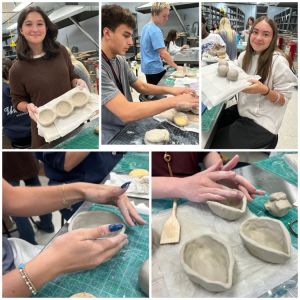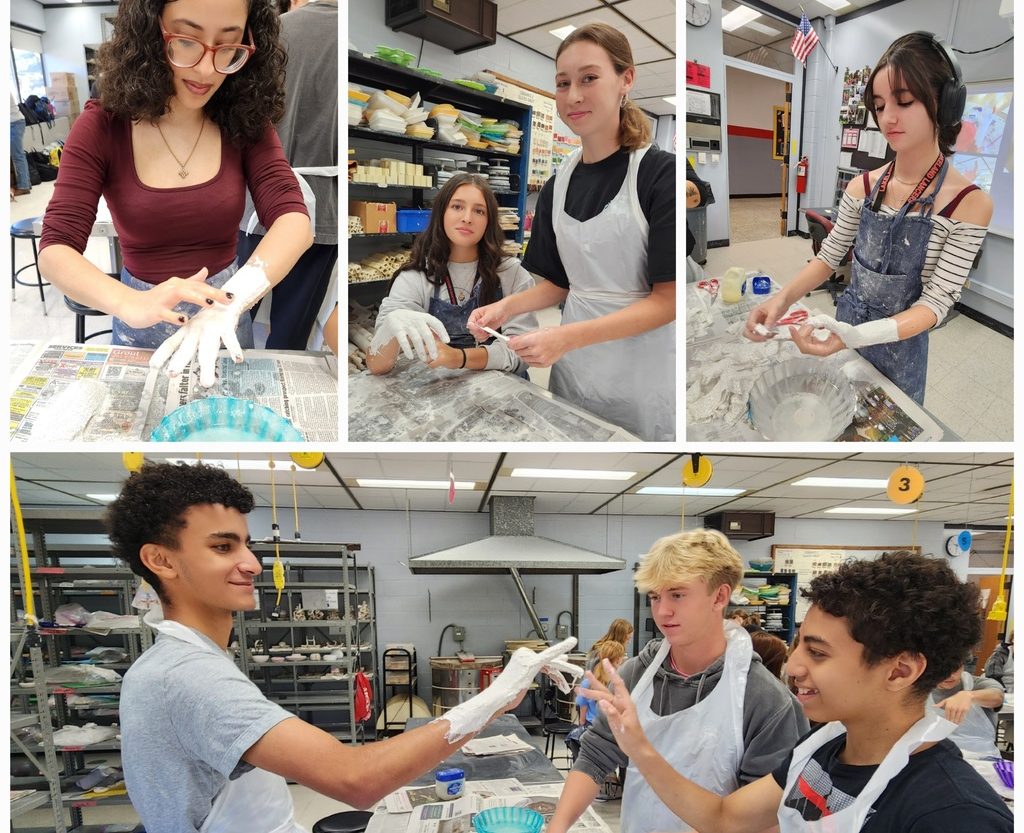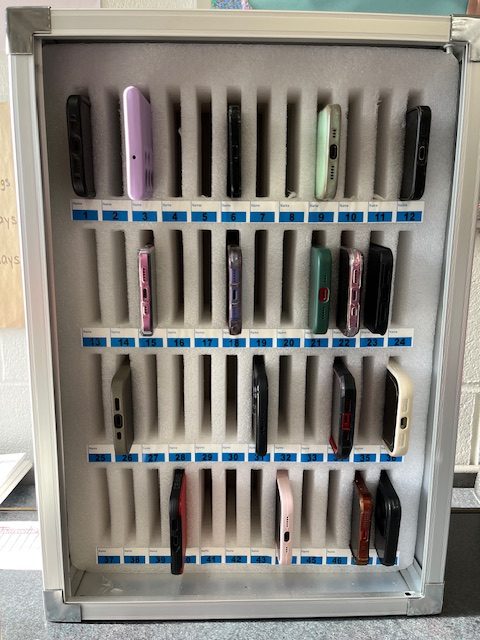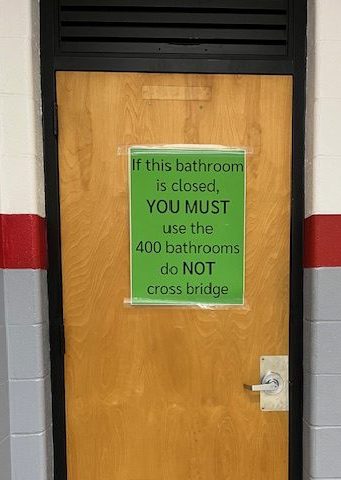As the school year progresses, some notable changes can be seen and felt by the student body. Recent developments stemming from last school year include several electives being cut along with staff members due to budget constraints. It didn’t take long for students to take note of the larger class sizes in electives and study halls along with a reduction in staffing. Regardless of the initial challenges though, teachers and students alike are adapting to these changes and making the most of their opportunities.
“Our teachers are meeting this challenge with the utmost grace and competence. I’ve been really proud of the way our teachers have risen to the occasion. The administrative team is trying to give back where we can and offer support in small and big ways,” said Supervisor of Humanities, Ms. Jamie Cawley.
Last year, LRHS had to let go of more than twenty staff members, and while the school rebuilds, the teachers and administration have been working hard to compensate for these losses. For some students, the new class dynamics are taking some time to get used to.
“Connecting to my teachers has been more of a challenge, and classes feel less personal than they did last year,” said sophomore Kevin Urban.

Photo courtesy of Ms. Linda Barhydt
The art department has been taking on such challenges in stride but admit there are some limitations this year as a result of the class sizes.
“The increase in class sizes has made relationship building with the kids very hard,” the art department stated. “We do not get to spend much time getting to know them, learning their art/creative style or building a rapport in general. It’s hard to give them the critiques and time they deserve.”
Along with changes in electives and class sizes, less staffing, including substitute teachers, means that when a teacher is absent, the students no longer remain in their usual classroom. Instead, students can expect to see a sign on the door indicating that class has been moved to the auditorium due to a teacher’s absence.
“When students are in the auditorium, they are basically in a non-instructional class,” Chief School Administrator Mr. Hugh Beattie said. “They can complete homework that has been left for them by the teacher who is absent. The adults in the auditorium are there in a supervisory capacity and not in an instructional capacity.
Some students don’t see a big change in the quality of their education and instruction and claim that teachers are working even harder to ensure that meaningful learning is happening in the classroom in spite of class sizes.
“While the class sizes are bigger, there will never be a perfect class that allows for specialized teaching,” sophomore Aidan Meehan said. “As a student, the change in class sizes is only noticeable in electives, and while yes, it would be better if classes were smaller, it really doesn’t change much for the students.”
Mr. Beattie stated that teachers are used to smaller classes and are tasked with the challenge of finding new ways to reach students in spite of the larger class sizes.
“We are looking to try to offer more electives in the future and in doing so, bring down the class sizes,” Mr. Beattie said.
While teachers adapt to the changes in electives, students are taking note of some key differences in this year’s offered classes.
Sophomore Mayka Skibinski stated, “I don’t feel like the electives that have been cut have affected me, but the budget cuts in the elective I take, ceramics, make me feel like I am unable to get the full experience of the class.”
Some electives teachers suggested to The Lancer Ledger that adding more variety in electives could ensure that students who don’t have an interest in traditional electives like art or writing classes can find a course that meets their learning goals and needs. This will also help reduce behavioral issues in electives classes and allow the teachers to focus on teaching and not on discipline.
Sophomore Andrew Bothell stated, “we should bring back some of the popular electives that were cut and maybe offer more paths for students who are uninterested in the current electives.”
Skibinski and others suggested letting students vote on what electives they would like to see added to the curriculum and which ones they think should be cut. Such student input could lead to new educational possibilities.
Currently, there are plans in the works for new electives in the 2026-2027 school year at LRHS according to Ms. Cawley and Mr. Beattie. The LRHS administrative team is eager to share these ideas as courses are developed.
“I think students should expect more electives in the future. It will be up to the subject supervisors to offer more varied electives in the future based on the interest and certifications of the teachers,” Mr. Beattie said.
For now, the staff and administration is taking things one day at a time while striving to provide students with a quality educational experience. With the help of teachers, administrators, and students, the school is working together to make LRHS an environment that all students can benefit from as they plan for a bright academic future.









